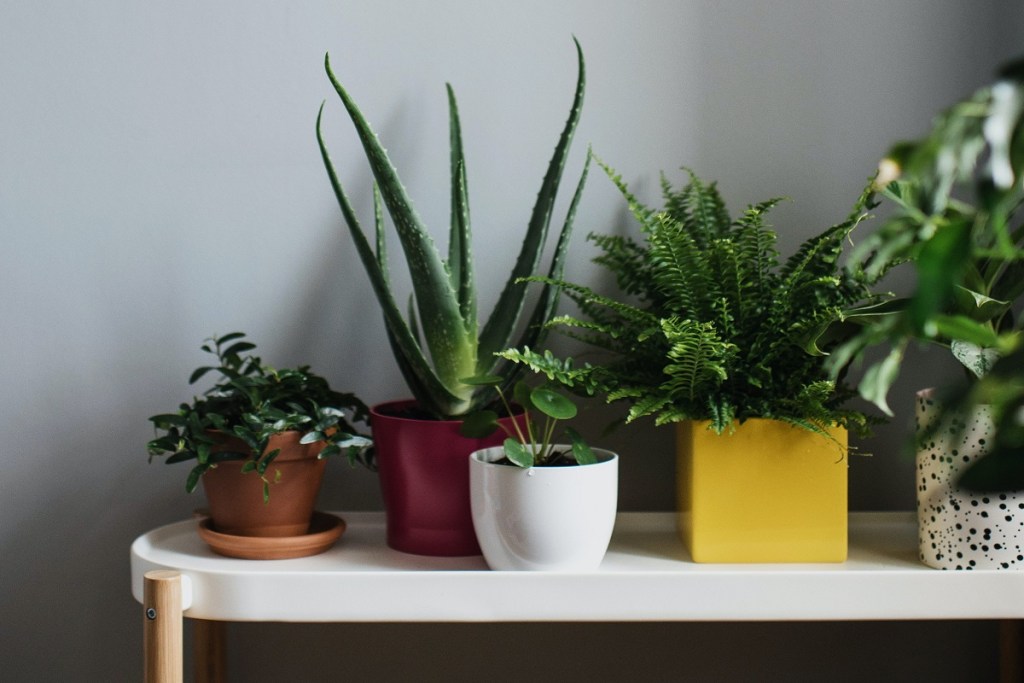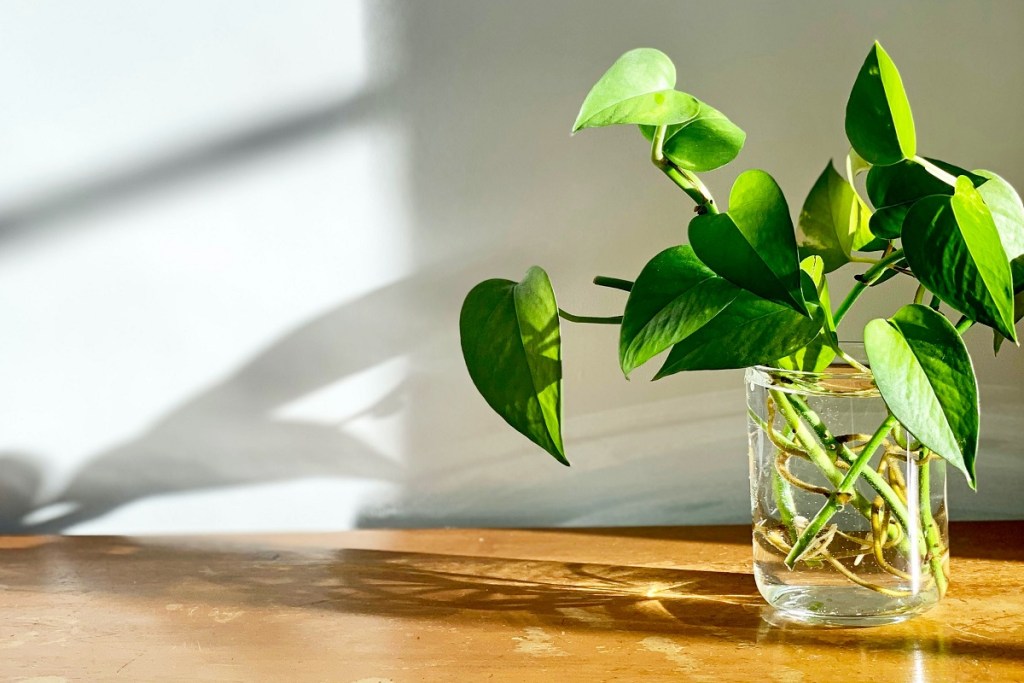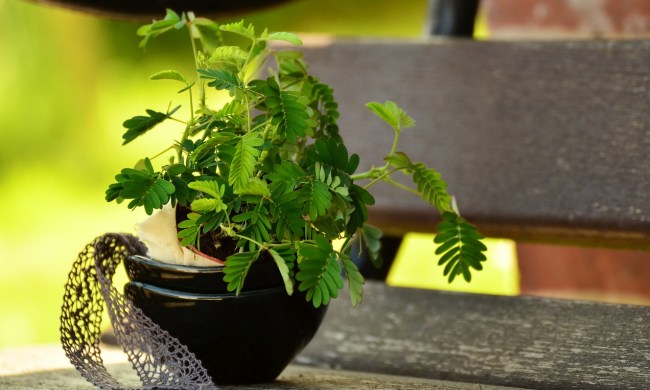Did you know there are added health benefits to keeping houseplants in your space? Aside from brightening your space and giving you a chance to bring the outdoors in — which has saved our sanity over the last year and a half — our little indoor friends have the ability to produce oxygen and improve the air quality in our homes.
Still not convinced? Read on to learn exactly what your houseplant collection can do for your health — and why that might just be an excuse to add to your collection every now and then.

Benefits to keeping plants in your home
According to Treehugger, there are five major benefits to having oxygen-producing plants in your home. These include improving your workflow, deterring colds and coughs, cleaning the air (which subsequently benefits your breathing), and encouraging healing.
A study that surveyed groups of office workers showed that, with the presence of plants, those in the office reported less fatigue, headaches, problems concentrating, coughs, and dry throatss. The same decrease of symptoms was also reported when this study was replicated with hospital workers.
The study concluded that, “there should not be any doubt regarding the ability of indoor plants to act as an interesting tool in the effort to improve the indoor environment in such a way that may affect productivity, work satisfaction, or even sick-leave absence.”

NASA-approved plants for the best air quality — yes, really!
NASA has also spent some time researching types of plants that help improve the air quality of indoor environments. Their study, “Foliage Plants for Improving Air Quality,” has shown that quite a few plants have the capability of not only introducing oxygen to your home but removing harmful toxins like formaldehyde in the process.
NASA found that “low levels of chemicals such as carbon monoxide and formaldehyde can be removed from indoor environments by plant leaves alone, while higher concentrations of numerous toxic chemicals can be removed by filtering indoor air through the plant roots surrounded by activated carbon.”
The list of plants they researched includes golden pothos, philodendrons, spider plants, aloe vera plants, peace lilies, peperomias, corn plants, and oyster plants, among others. Each of these plants is able to remove formaldehyde from the air.
Golden pothos
The golden pothos, along with other pothos varieties, are not only beautiful trailing vine plants but they’re hardy, too! If you haven’t had a lot of experience growing houseplants but want to experience the benefits they can bring, a golden pothos is a good first step. While they love bright, indirect lighting, they can thrive in low-light environments as well so long as they’re being watered regularly (when the top part of the soil is dry). The golden pothos is also one of many plants that produce oxygen at night.
Philodendrons
Philodendrons are another vine plant that can help reduce formaldehyde and improve air quality while being absolutely stunning. Like the pothos, they’re relatively easy to care for and love bright indirect lighting the most. This plant doesn’t like to be too hot or exposed to too much sunlight, so you’re better off keeping it in lower lighting than you are in direct sunlight. There are many varieties of philodendrons to choose from, and they all bring the same benefits to your home.
If you’re interested specifically in plants that can help improve the air quality of your space, it’s always best to make sure you can meet the care requirements! Research their preferred types of lighting, watering schedules, temperatures, etc., and you’re sure to have a thriving, oxygen-producing houseplant collection. It’s good for you and for the environment — what could be better?


